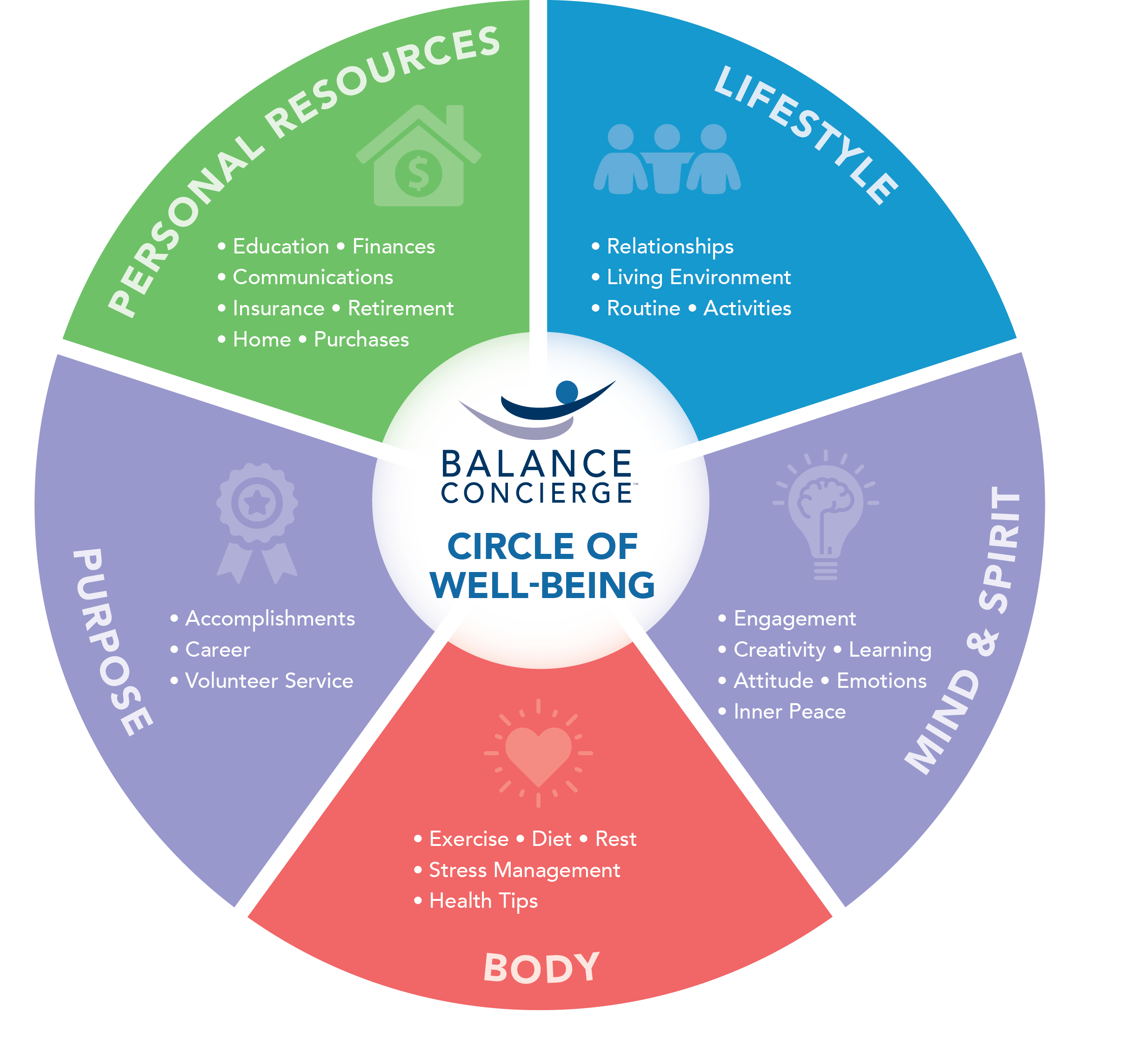More than health care, hospitals care for communities
In celebration of National Hospital Week, Balance Concierge is dedicating this post to all of our health care clients. In a recent conversation within our team, we started listing the many ways our clients are 
Employing Residents
According to the April 2019 United States Bureau of Labor statistics, hospitals employ over 5.2 million Americans. That number is up by more than 100,000 since last April. The overall field of health care, including amb
In many communities, their hospital is among the top ten private employers. In some cases, it ranks in the top three to five employers or even higher.
Feeding the Economy
Considering the employment provided, patient care delivered, and nearly $900 billion worth of goods and services from other businesses purchased, hospitals overall within the U.S. support more than $2.8 trillion in economic activity. Numbers that large are difficult, at best, to visualize because there are 12 zeros behind that 2.8. One way to think about it is that "1 million seconds is about 11.5 days, 1 billion seconds, while a trillion seconds is equal to 32,000 years.” There’s a great graphic that on PageTutor.com that shows what a trillion dollars would look like based on stacks of $100 bills. [http://www.pagetutor.com/trillion/index.html]
Assessing and Building Healthier Communities
Community Health Assessments conducted by hospitals may seem like just another government-imposed requirement tied to Medicare; however, the outcomes that often spread from the results reach much further than a report. Including social determinants of health in the creation of solutions to alleviate long-term systemic poverty has become an effective strategy for most hospitals. Everything from high-quality housing programs to workforce development initiatives are examples of hospitals caring beyond their wall for the communities they serve.
Revitalizing Community Infrastructure
Because hospitals’ missions and bottom lines tie them to the communities in which they reside, they have a stake in how welcoming and attractive communities are as places to live. Hospitals need to ensure their professional workforce of healthcare professionals have a place to live that they want to call home. For that reason, healthcare systems are often at the community table of economic development, downtown revitalization, community betterment initiatives, and collaborative alliances aimed and improving the neighborhoods and business districts of their surrounding environment even more than many other industries. Sometimes they are involved in real estate, building restoration, or new construction. Administrators know that these investments of their time and financial resources are essential for the health and wealth of their patients, their, and their overall success.
Boosting Education
Many hospitals invest in health and wellness education by partnering with schools and social service organizations to ensure that community members of all ages have access to the latest information on healthy choice options and other necessary preventative measures. Combatting obesity is just one of the critical activities that happen to be an evident contribution to communities. Media campaigns, as well as events such as health fairs, 5K run/walks, pound plunge challenges, and more, are held to raise awareness of issues, educate the general public, and make a measurable impact.
In addition to health and wellness education, higher general and career path educational attainment from birth through retirement have proven to benefit overall health and well-being. We are aware of at least one healthcare system that has taken this information seriously enough for their foundation to invest solely in youth empowerment and education.
Providing Care
According to an American Hospital Association report, hospitals in our country “treated 142 million people in their emergency departments, provided 581 million outpatient visits, performed almost 27 million surgeries and delivered nearly 4 million babies” in 2015. That is a lot of care within thousands of communities for approximately three-quarter billion people. Considering these numbers are four years old, and the population has grown by another five million people, it is safe to say that the care provided by healthcare professionals who have a relationship with a hospital is also continuing to grow.
Summary
Hospitals not only care for sick people; they care for well people, the environments in which they live, and prevent illness. With a greater focus on the latter three roles, many healthcare systems are finding they can “significantly impact community members’ physical and mental health.”
If you’d like to learn more about Balance Concierge, contact us at 877.502.2201 or Click Here.
Recent Posts






